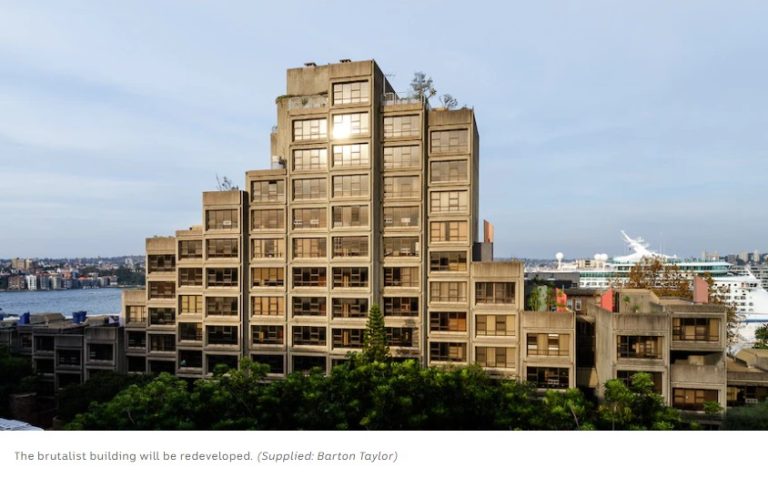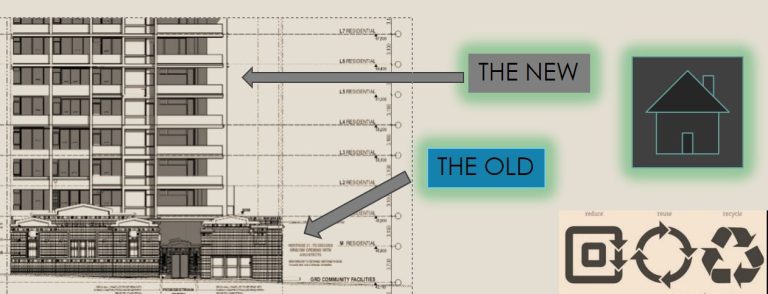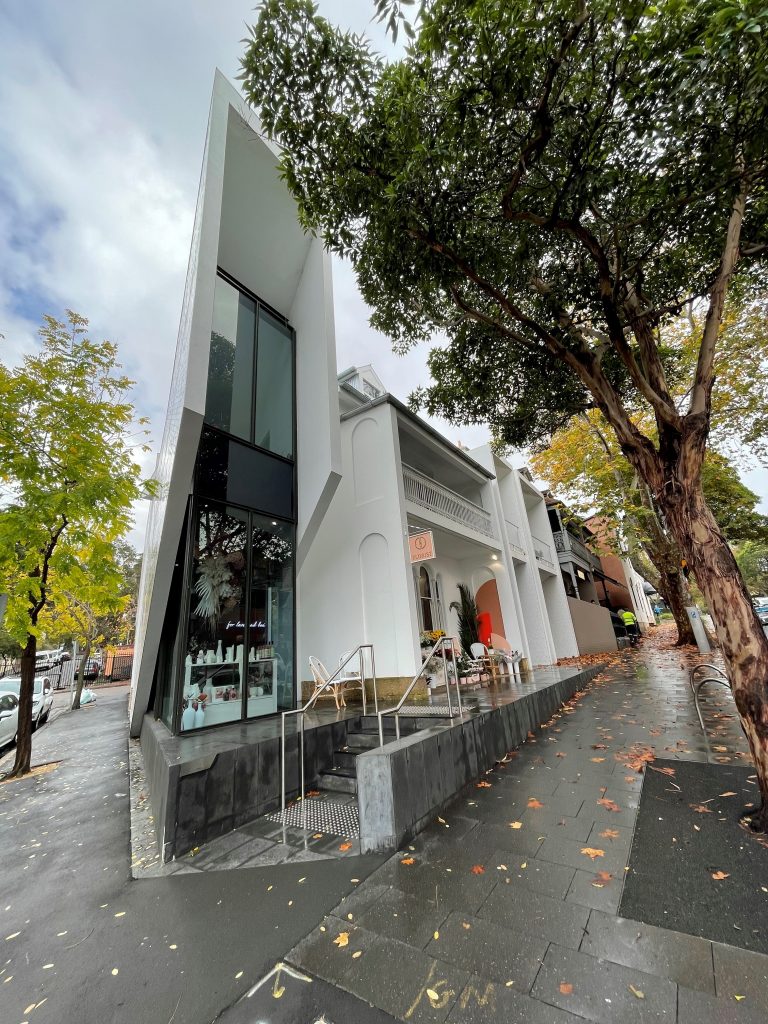Have a question?
Need assistance?
Have a similar project that you need assistance with? Complete the form below and one of our Heritage assessment specialists will be in touch as soon as possible.
Professional Associations
What is this report for?
A CMP is required for building projects in which there is an intention to modify a heritage listed building or a contributory item in a heritage conservation area. A CMP is sometimes requested by the pertinent consent authority for locally listed items and heritage conservation areas and almost always for a state listed heritage building. The document forms the preamble for the relevant authority to understand the nature of the building’s history, physical composition and comparability with other similar heritage buildings. Once the relevant authority has received the CMP it would be better able to make an informed decision about any modification proposed by an applicant. The CMP is also used by facilities and maintenance managers whose task it is to maintain heritage listed buildings in good condition.
What is in this report?
A CMP is a heritage management document. It contains policies for the future management of the asset. These policies are based upon an analysis of the building’s fabric ie; roof, ceilings, walls, floors, windows, doors etc The CMP grades fabric of heritage significance under five separate criteria. These include, exceptional heritage significance; high heritage significance, moderate heritage significance: little heritage significance and intrusive. Items identified as being of exceptional and high significance would normally require its retention i.e. no demolition or removal. Fabric of moderate significance may upon qualification be modified. Fabric of little and intrusive significance should be removed. Thus, the CMP analyses the buildings historical significance, its physical significance and its comparative significance. The latter requires an assessment of the subject buildings significance relative to other similar heritage buildings in order to understand the relative rarity and or representativeness of the building. There is a large component of historical research required for a CMP.
Why do I need this report?
A CMP is needed for the future management of a heritage listed building in order to ensure that appropriate decisions are made about modifications, additions, extensions and maintenance. Usually a CMP expires 5 years after it is first written and therefore needs to be updated regularly in accordance with current or changed conditions.
When do I need this report?
A CMP is most often required when an application is made to the relevant authority in which any change to a heritage listed building (local and state – but more often state listed buildings).
What is a conservation management plan?
At the centre of any conservation of cultural heritage strategy is a statement of cultural significance, derived from a thorough physical, historical and comparative analysis of the place. It is the statement of cultural significance that guides the formulation of conservation policies in perpetuity. The Conservation Management Plan (CMP) makes use of comparative analysis in order to survey the regional extent and number of similar buildings and places so that the relative rarity of such places can be collectively measured.
Why is rarity important?
Rarity underpins the evaluation of a heritage place. If there are many other similar places, it cannot be rare. However, if there are only very few, its rarity factor will lead to policies calling for greater protection and more restricted changes. Understanding the role that rarity plays in conservation management, and being able to adequately assess the rarity of a building, is important in making sure that the building will be properly cared for and governed by an adequate level of requirements.
With that in mind, attached to most CMPs is a schedule of works calling for specific repairs and conservation works and in other cases long term maintenance schedules too. Depending on the state of the building, these repairs and maintenance schedules might be a costly additional burden on the property owner, so it’s important that the expert that looks at your building is fair and balanced in drawing up the heritage building conservation plan so as to not burden you beyond what is necessary for the preservation of the building.
Heritage 21’s expertise in conservation management plans in Sydney properties
The CMP is a fundamental document for all state-listed buildings. It forms the basis of controlling future changes to important heritage buildings and places. But it also acts as a useful guide for owners and managers in terms of regular maintenance and appropriate decision making in relation to the fabric of such places. Heritage 21 has undertaken more than 50 Conservation Management Plans across Sydney since starting its consultancy in 1994, and its team is therefore well placed to assist you with all your heritage documentation needs.
Need a Statement of
heritage impact report?
Contact us today on +61 2 9519 2521









